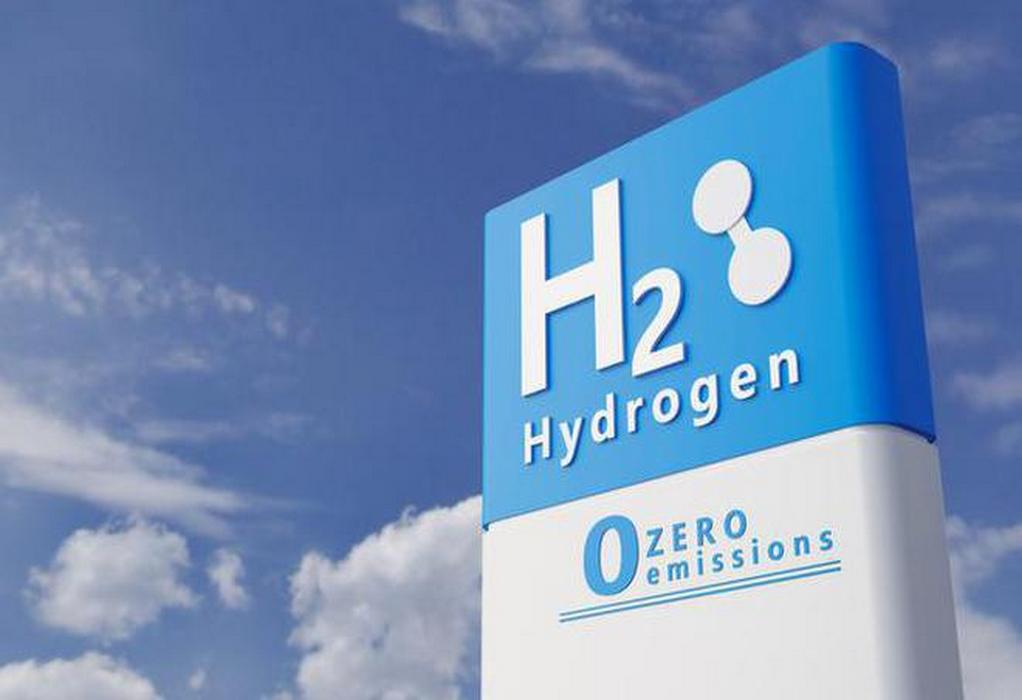Oman plans to produce a million tons of green hydrogen by 2030 and has set up a state-owned company as part of its plan to achieve net-zero carbon emissions by 2050.
Hydrogen Oman, better known as Hydrom, will be a subsidiary of Oman’s state-owned Energy Development Oman, the sultanate’s state media reported on Sunday.
Oman has earmarked two blocks in the southern port city of Duqm and another four blocks in Salalah to be tendered for the development of green hydrogen projects.
On November 6, Hydrom will open a first public bid round to award the first land blocks by 2023 to meet its production target.
Hydrom will oversee the development and construction of the projects, while working closely with the Oman’s Public Authority for Special Economic Zones and Free Zones to set up infrastructure such as roads, power lines and other installations.
Earlier this year, Oman’s Public Establishment for Industrial Estates, better known as Madayn, joined forces with the US company H2 Industries to establish a $1.4 billion waste-to-hydrogen plant in the Gulf country.
Hydrogen is expected to account for 12 per cent of global energy use and 10 per cent of carbon emission reductions by 2050, driven by the urgency of climate change and countries’ net-zero commitments, the International Renewable Energy Agency said.
It comes in various forms, including blue, green and grey hydrogen. Blue and grey are derived from natural gas while green is produced using renewable sources.
Last month, the UAE’s Ministry of Energy and Infrastructure signed an agreement with GHD in partnership with the Germany-based Fraunhofer-Gesellschaft to develop its National Hydrogen Strategy.
As part of the UAE’s Hydrogen Roadmap and the continued commitment to decarbonisation and energy transition, the National Hydrogen Strategy will help to establish the UAE’s hydrogen vision and shape as one of its strategies to diversify its energy mix and achieve its net-zero goals by 2050.
Tags: Duqm, Green Hydrogen, Hydrom, Oman



Recent Posts
Scandlines Nears Delivery of Zero Emissions Ferry Following Successful Sea Trials
India faces emission roadblocks with rising net-zero demands
Green Energy Resources invests in two electric Liebherr LHM 550
NYK Launches Continuous Use of Bio LNG Fuel on Car Carriers to Advance Decarbonization Goals
Yang Ming Expands Fleet with Methanol and LNG Dual-Fuel Vessels Under Fleet Optimization Plan
ClassNK Advocates Speed Gap Monitoring to Optimize Fuel Efficiency in Heavy Weather
Wärtsilä’s retrofit package for the Corsica Linea ferry Pascal Paoli has resulted in fuel savings of up to 22 percent Corsica Linea
COSCO Shipping Names Second Methanol Dual-Fuel Containership in Yangzhou